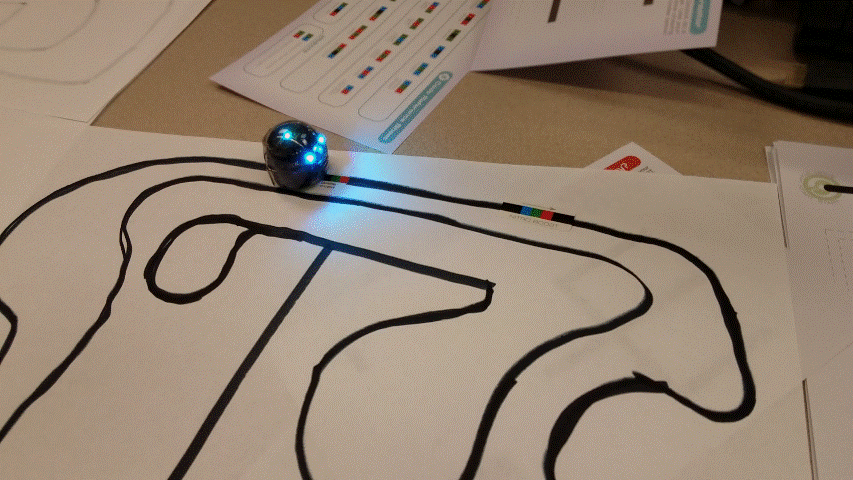In Dr. Greene’s Instructional Strategies course, we have been studying effective design for online learning environments, both synchronous and asynchronous. The opportunity to study design in the aftermath of the pandemic (though have we made it to “endemic” status?) has been particularly meaningful as we discuss not only Sweller’s argument that we can only regulate learners’ cognitive load but the importance of cultivating belonging and motivation among students. Some other topics that have contributed to my instructional tool belt include:
- Mayer’s Multimedia Learning Principles
- Cognitive Load Theory
- Scaffolding
- Active Learning
- Dunlosky’s (2013) Effective Learning Strategies
- Supporting Effective Collaboration
Video of Student Support: Teaching about Self-Regulated Learning
In the video above, I was able to implement some of our instructional strategies in designing a video of student support for learners. In this video, you’ll notice I reference my target audience for my capstone project on menstrual health management (MHM) education. The aim of the video is to help learners develop the self-regulated learning (SRL) skills to help them thrive in an asynchronous learning environment.
Currently taking an asynch course myself (a computer programming course in Python, which is exercising a great deal of my SRL skills!), I thought SRL might be a powerful tool to equip students effectively goal-set and “learn to learn” in an environment with limited instructor presence. Moreover, successful performance in asynchronous courses typically require high levels of self-regulation. In the video, I walk students through the phases of the SRL cycle and share the WOOP method, which uses mental contrasting theory to help people plan around their inner obstacles and ultimately reach their goals. I use a pre- and post-assessment item to help gauge a learner’s prior knowledge in planning task completion and compare it to their learning gains by the end of the video.
Capstone Project: A module on MHM Materials
Problem
While working at GIRL Center, I was researching country policies that require the integration of menstrual health management (MHM) education in their national curricula (go, Kenya!) and found that while there are many guides out there, many are a) not free, or b) packaged in text-heavy manuals geared more toward instructors to facilitate an MHM course. With this in mind, I developed an asynchronous online module for a menstrual health education course.
Designing with learning theory and instructional design principles
As a Learning Engineer, I have questioned how I might design an MHM course with both a strong theoretical foundation and culturally and gender-responsive approach. The video above was featured in a sample module, in which I used scaffolding (Van de Pol et al, 2010), multimedia learning principles (Mayer, 2019), strategies such as elaborative interrogation (Dunlosky, 2013).
